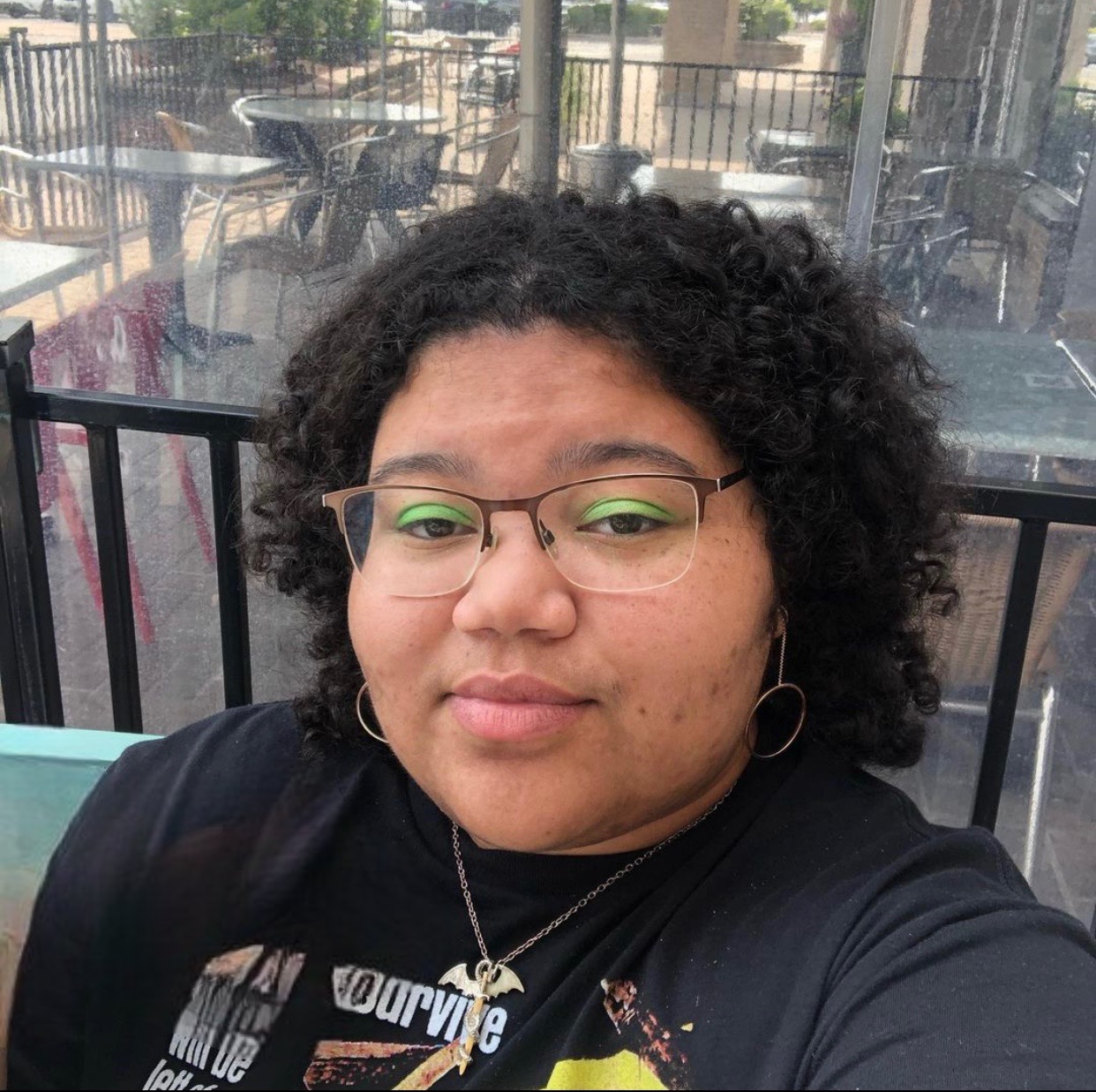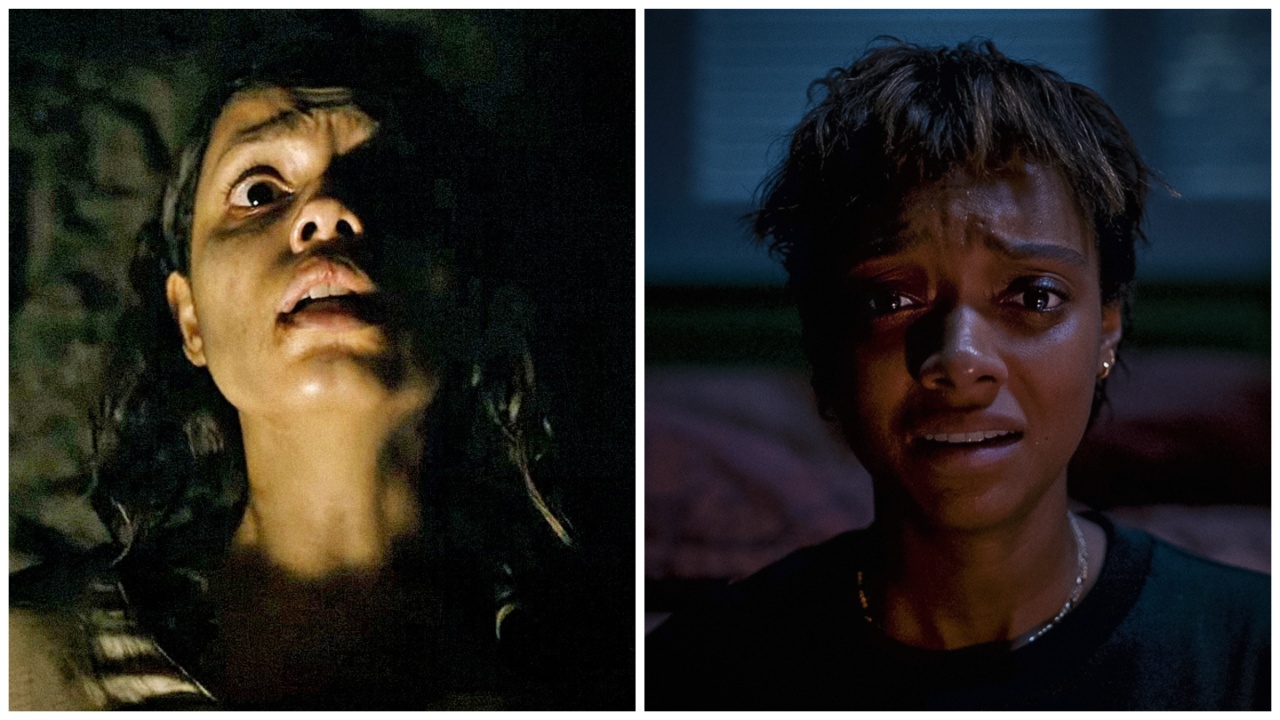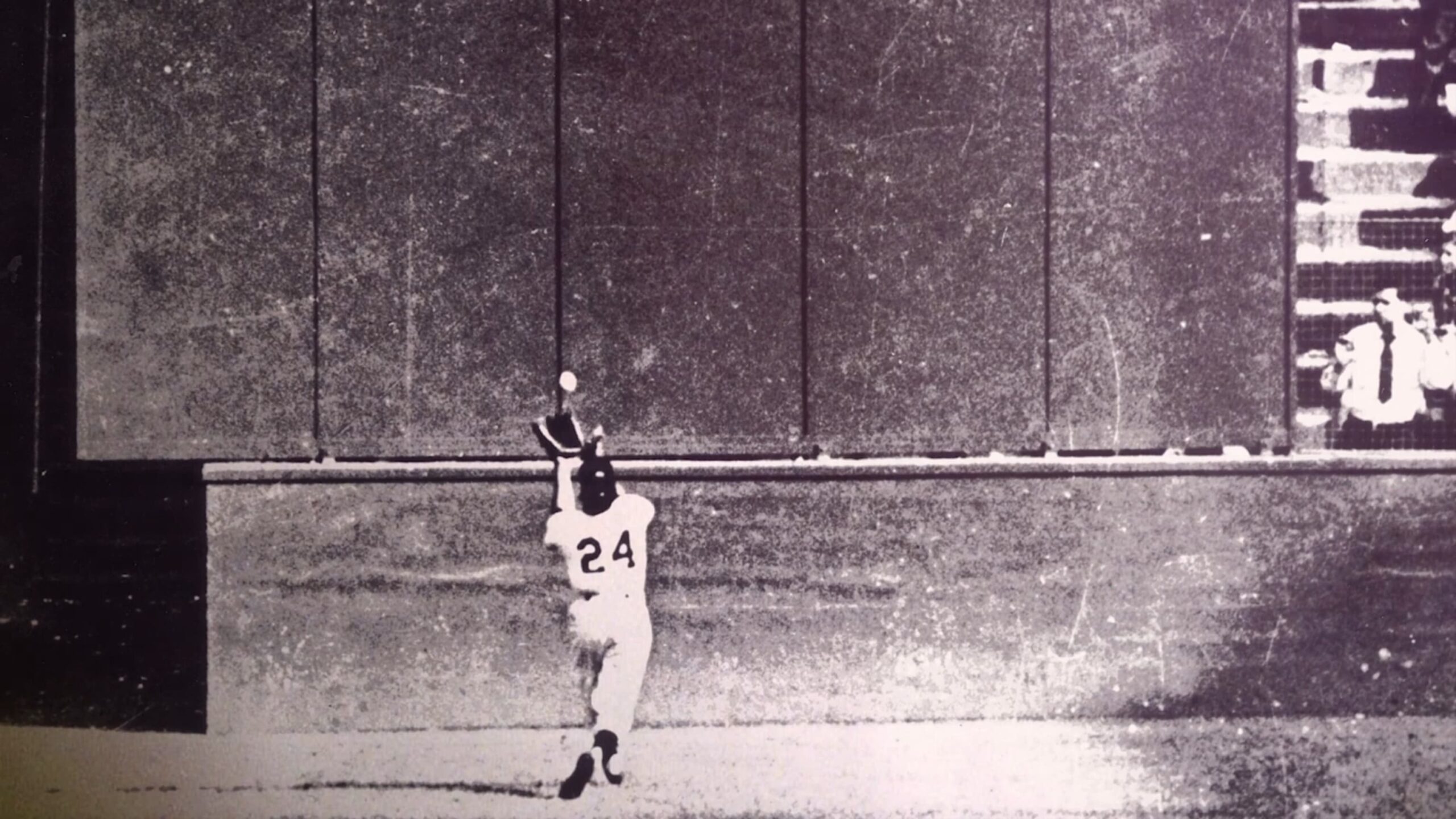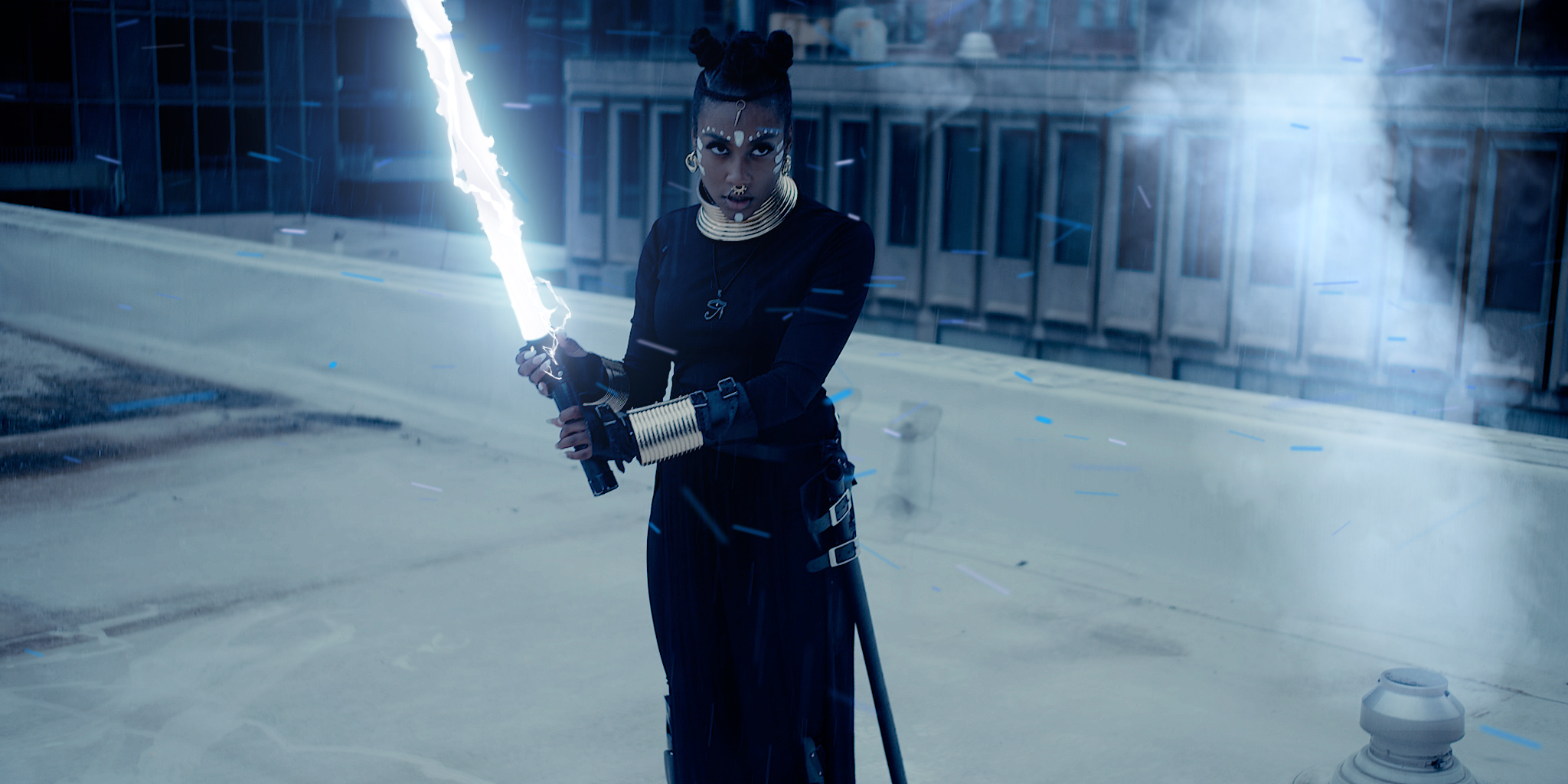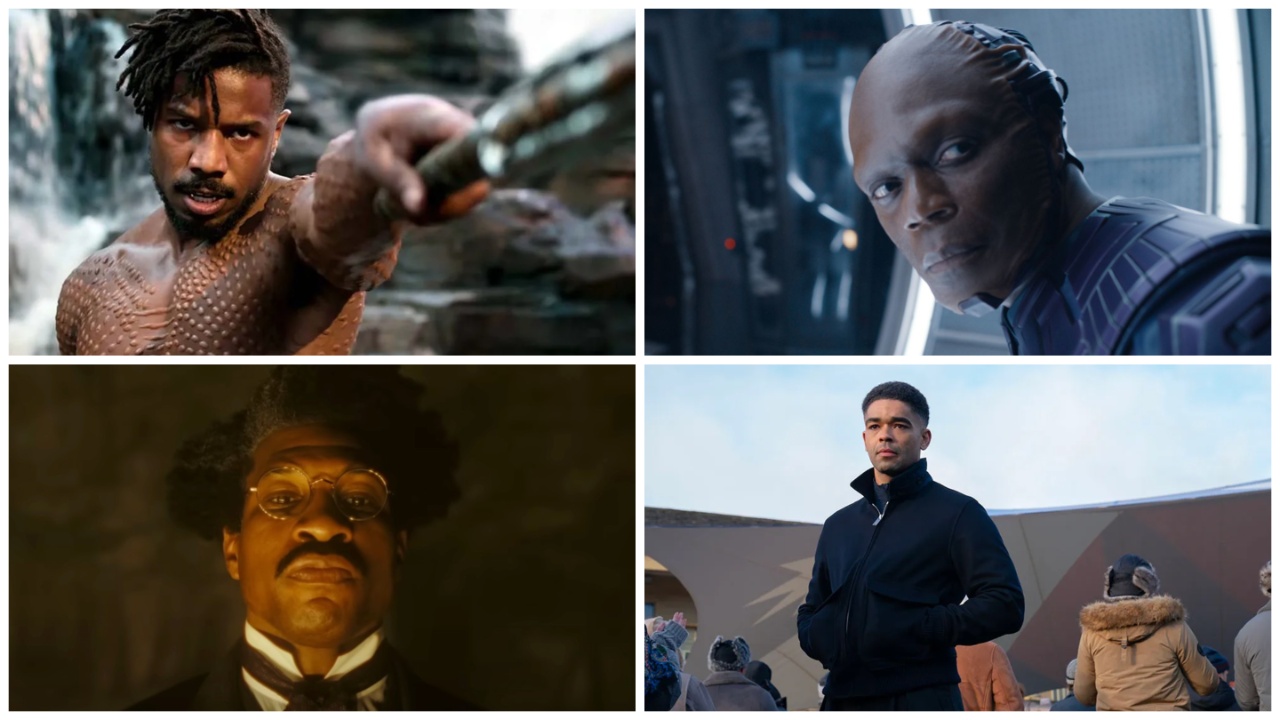When one thinks of the perfect definition of a Final Girl, the likes of Sidney Prescott (“Scream”), Nancy Thompson (“A Nightmare on Elm Street”), and Jess Bradford (“Black Christmas”) come to mind. Coined as a term by academic Carol J. Clover in her 1987 essay “Her Body, Himself: Gender in the Slasher Film,” the term quickly transformed into a well-known trope, which often sees the sole survivor of a horror film being a woman. While the horror genre has always been a place for women, how these women are showcased has transformed in the last few decades. However, what hasn’t changed is how the genre severely lacks examples of Black Final Girls.
Despite the Final Girl continuing to be a dominating trope in horror cinema, it is still a startlingly white one. Black women, decades after Clover coined the term, are still not afforded the same care as the women they share the screen with. In allowing more Black Final Girls to take shape, filmmakers could allow for a more nuanced horror genre and one that tells its Black viewers that their stories matter as well. The representation of Black women in horror shouldn’t just be up to Black filmmakers such as Jordan Peele (“Nope”) and Nikyatu Jusu (“Nanny”). The genre desperately needs filmmakers of all races who understand how important it is for Black Final Girls not just to exist but to exist as meaningfully as their white peers.
Two recent films—“Barbarian” and “Talk to Me”—took swings at Black Final Girl representation. Both failed, proving just how bad the present problem is.
While many directors attempt to reckon with the trope by allowing Final Girls to become more expanded than women who simply survive their films, the results for Black women have been middling. It seems like the 2020s are ushering in a new age of horror: the genre is becoming more diverse, and indie-horror productions are dominating at the box office. However, though the genre appears to be the only one that always does well at the box office, has the scope been widened for Black women on screen? While there has been some improvement in representation, there are two recent films that aid in my worries about the state of Black Final Girls.
Zach Cregger’s 2022 film “Barbarian” is a perfect example of how good intentions can go wrong. The film follows Tess (Georgina Campbell), a Black woman who discovers that the Airbnb she reserved has not only been accidentally double-booked by a man but harbors a dark secret beneath it. At first, it appears that the movie might make some good commentary on the housing crisis and Blackness, but it does neither. Halfway through, the film switches from being about Tess to being about AJ (Justin Long), a white man who owns the AirBnB that Georgia is now trapped in.
Though “Barbarian” attempts to make commentary on violence against women, it fails on that front as well. Instead, it unfolds into a shallow film that uses the hagsploitation trope despite also trying to comment on said trope. By using a Black woman as a vessel for the audience, this could have been a strong exploration of what violence against Black women looks like. In the end, like most films, Tess’ existence is strictly there to aid in AJ’s character development. Though this ends in AJ being justifiably killed – halfway through his section of the film, Cregger reveals that he’s a serial abuser – it still doesn’t allow Tess to exist outside of him, and the danger that lurks beneath the house.
Instead of attempting to create an intriguing Black Final Girl, Cregger is more concerned with creating nothing but shock value, and Tess suffers the brunt. While Tess becomes a side character in her own story, the 2023 A24 hit “Talk to Me” is led by a Black woman the whole way through. The film follows Mia (Sophie Wilde), a young Black girl mourning the loss of her mother, who becomes desperate to connect to the other side. In her desperation, she causes the mutilation of Riley (Joe Bird), the son of the white family she often resides with. Her grief forces her to become the film’s protagonist and antagonist in the eyes of her friends and the audience.
Mia is subsequently put through the wringer. Her friends leave her alone, the ghouls from the other side haunt her every move, and her tense relationship with her father fractures even more. At the core of this is Mia’s newfound guilt for Riley’s mutilation and subsequent damnation to hell. To make things right, Mia eventually, and predictably, sacrifices her own life to save his soul. She throws herself into oncoming traffic, and the final shot shows her battered body, legs, and arms pointing in opposite directions on the freeway.
“Talk to Me” attempts to be a commentary on grief, but it ends up being two hours of putting its already fragile Black lead through an immense amount of trauma. Mia may not be subjected to any explicit racial abuse buther position as the sole Black woman – other than her deceased mother, who haunts the film’s narrative – offers up other issues. She is subjected to trauma and then punished for the trauma she’s experiencing. While her death ends the vicious cycle she began for her white on-screen partners, she’s forced to continue the cycle for herself, propelled in a perpetual limbo for the rest of her days.
These leading women are reduced to a catalyst for their white counterparts. It’s painful to watch each of these strong actors sidelined in a way that makes their efforts feel unfruitful. Who are these women outside of their white counterparts? Is there a world where they can exist as their own entities? Each filmmaker, from Cregger to the Philippous, say no, subsequently reducing these characters to mere archetypes.
There are indeed more Black women in horror than there have been in the past. But this representation is reductive if these characters aren’t given a fighting chance to exist beyond thin sketches. While their victimhood cannot be blamed on them (as they exist in a genre filled with victims of all races), the way they can reclaim their victimhood is solely reliant on what the directors want to say about Black womanhood in the horror genre. In 2024, it still feels like the only people we can trust to treat these characters with care are Black filmmakers.
In a genre dominated by women, it’s time for Black Final Girls to get their due. They, too, should be afforded the character arcs that other women who fall into this trope have been given, and it shouldn’t just be up to Black filmmakers to do so. What matters more than just representation is how these characters are treated. Yes, they all exist in a genre that makes every character’s life precarious, but the glaring oversights in both “Barbarian” and “Talk to Me” prove that this genre needs to take a look at itself and do better. There needs to be space for Black Final Girls to not only exist but exist fruitfully. Mainstream horror desperately needs more nuanced Black Final Girls. Hopefully, this genre will be able to hold space for them in the future.
